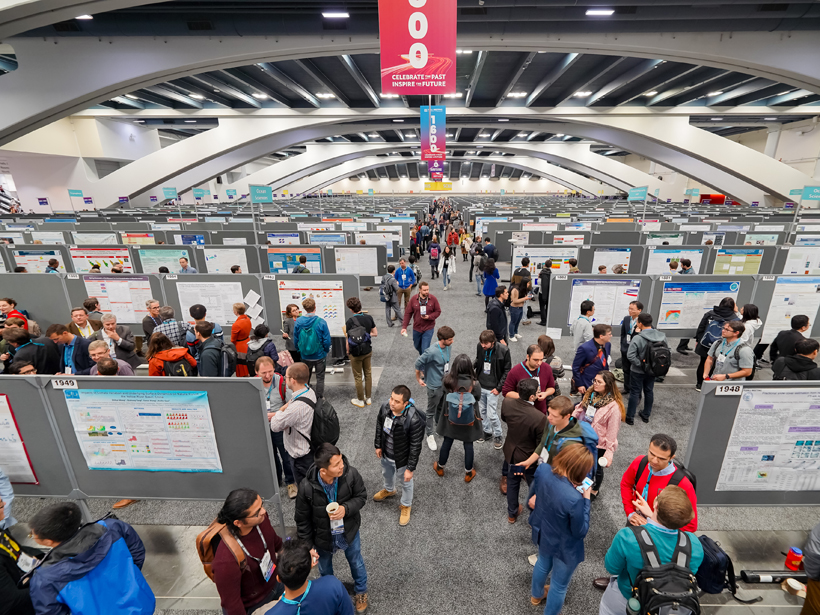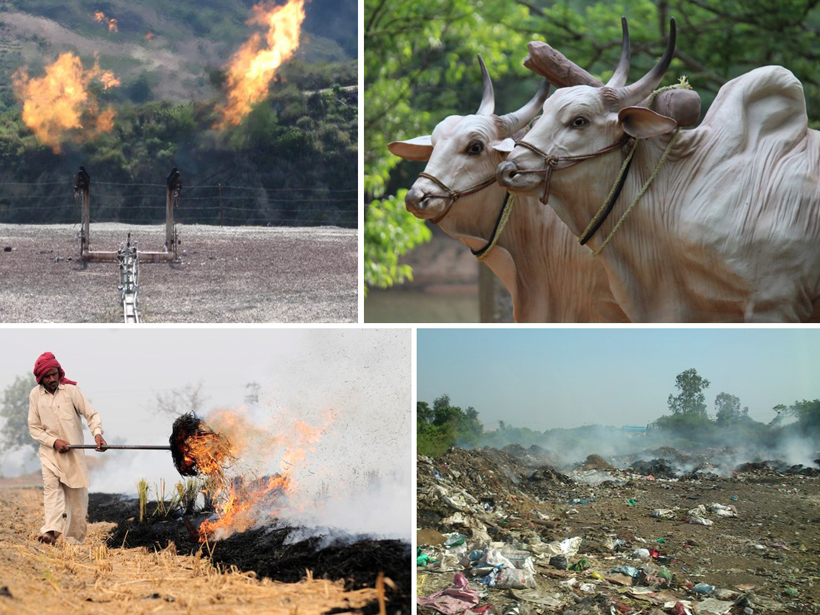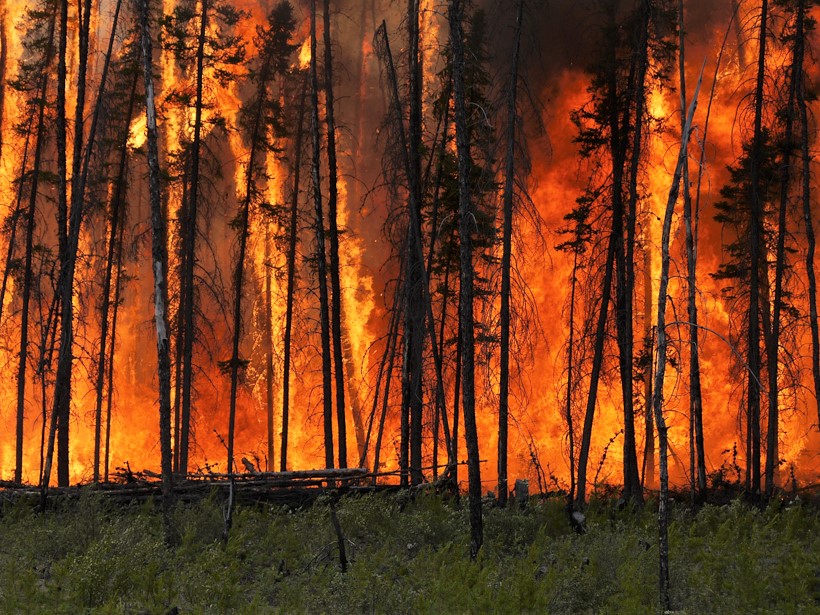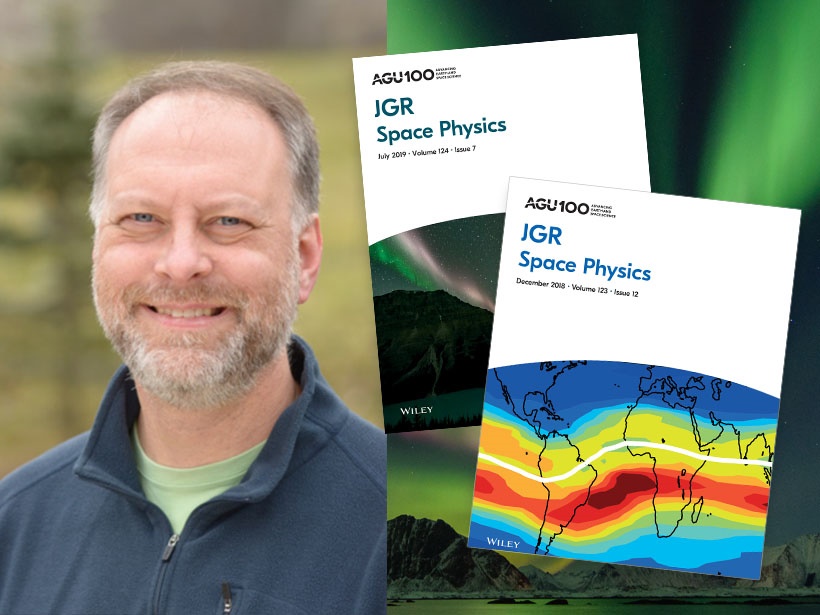Tropospheric ozone is removed at Earth’s surface through uptake by plant stomata and other nonstomatal deposition pathways, with impacts on air pollution, ecosystem health, and climate.
Editors’ Vox
How Is the Pandemic Affecting AGU Journal Article Submissions?
AGU journal submissions have not seen a significant decrease in the proportion of female corresponding authors.
The Role of Earth and Space Scientists During Pandemics
Insights from Earth and space sciences are valuable for addressing the current global health emergency, and such societal challenges are best addressed by integrated and interdisciplinary research.
From Blowing Wind to Running Water: Unifying Sediment Transport
Laboratory experiments and grain-scale computer simulations during the past decade have led to a more universal understanding of flow-driven sediment transport across flows in oil, water, and air.
Who Are Your Collaborators?
Analyzing how people collaborate in AGU’s meetings and publications according to gender, age, and ethnicity provides clear evidence for diversifying networks and collaborating with new people.
Methane’s Rising: What Can We Do to Bring It Down?
Reducing methane emissions is critical for addressing climate warming, but which are the easiest and most cost-effective ways to do this?
Imaging Seismic Sources
Waveform‐based location methods are being used to better characterize and understand seismic sources from the laboratory to the global scale.
New Special Collection: Fire in the Earth System
Papers are invited for a new cross-journal special collection presenting advances in understanding the physical and biogeochemical processes associated with landscape fires and their impacts.
Six Years with JGR: Space Physics
The outgoing Editor in Chief of JGR: Space Physics reflects on his tenure and expresses his appreciation to all those who contributed to the success of the journal over recent years.
Intensified Investigations of East Asian Aerosols and Climate
Three special collections in JGR: Atmospheres present a fast-growing body of literature on atmospheric aerosols and their impact on the regional climate in East Asia.










